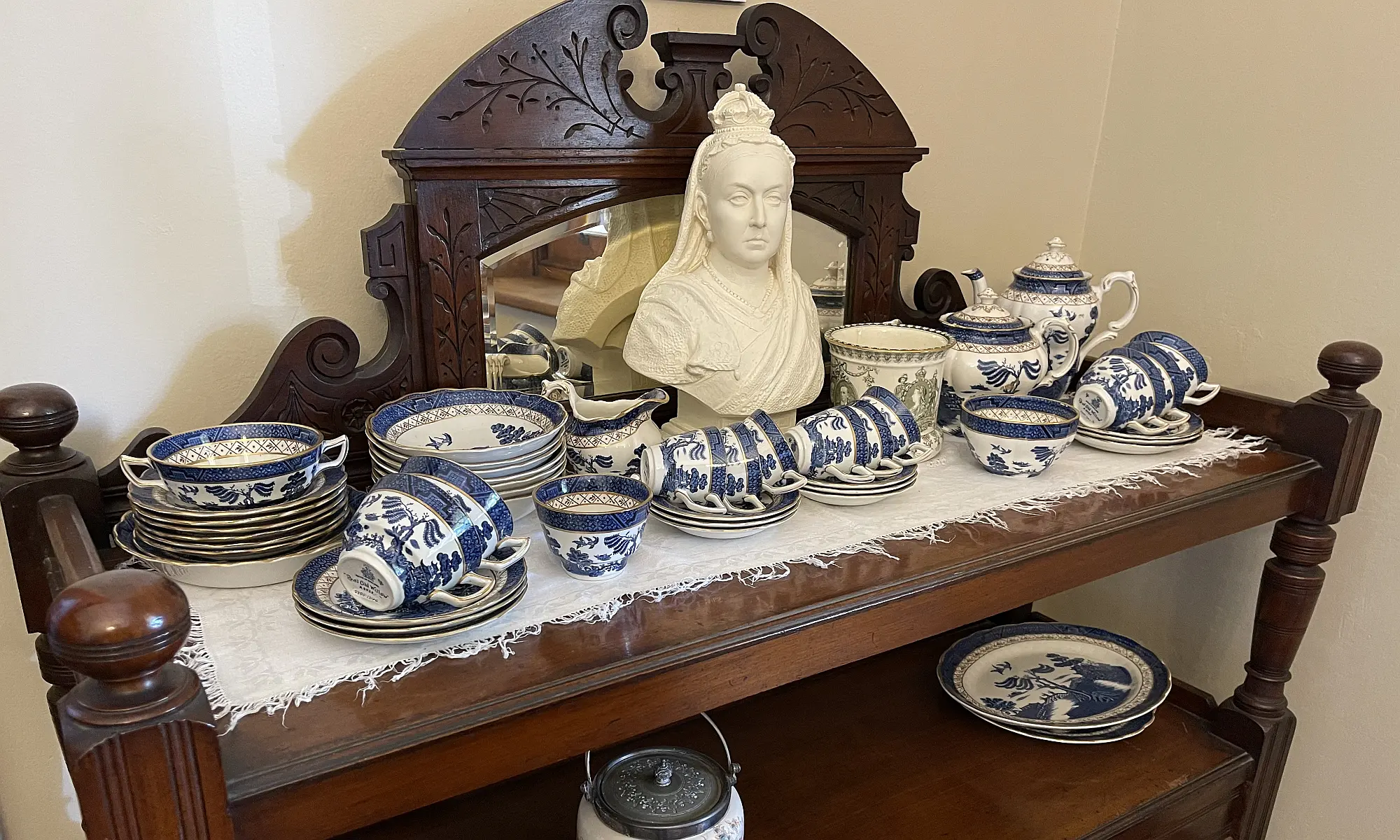by Charles Napper Rockdale is a residential and commercial suburb situated about six miles south of Sydney adjoining the western shores of Botany Bay. The original municipal area was known as West Botany which consisted of the area west of Botany Bay, bounded on the north by Cooks River, on the south by Georges River, …
St George’s Day, its Flag, and England’s Red, Red Rose
A Patron (patronus) according to Roman law was a protector or defender. The Patron Saint of England is St George or Edward the Confessor. England’s symbol is the red rose. The War of the Roses (1455-1485) was the name given to the struggle between the noble House of York, whose badge was a white rose, …
Continue reading “St George’s Day, its Flag, and England’s Red, Red Rose”
Girls with Grit
by Jean Scott During World War II thousands of Australian women joined the Women’s Land Army. Their task was to tend the farms while the men went to war. Their contribution to the war effort has been largely overlooked. In 1991, Jean Scott recounted their achievements, experiences and tribulations in a presentation to the SGHS. …
A Brief History of West Botany St. Church
On 28 November 1885 a group of interested residents held a meeting to form the Trust and take steps towards the erection of the West Botany St. Wesleyan Church. The first five meetings were held in the Rockdale Sunday School rooms. Mr Fooks generously gave the building site and after calling tenders, that of Messrs. …
Continue reading “A Brief History of West Botany St. Church”
Street Lighting In Bexley (1900-1948)
by Arthur and Florence Day When the Bexley Ward of Hurstville Municipality became the Borough of Bexley it had 75 gas street lamps. The Australian Gaslight Company charged £4 per annum each for their maintenance. However, gas was not reticulated throughout the entire borough and, where it was not available, any lighting required had to …

